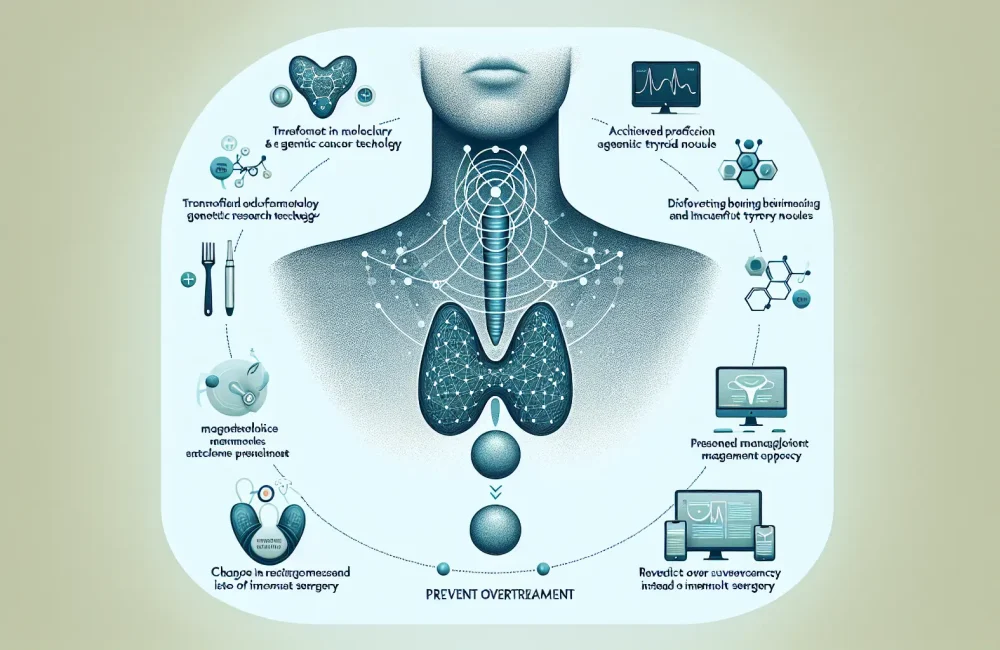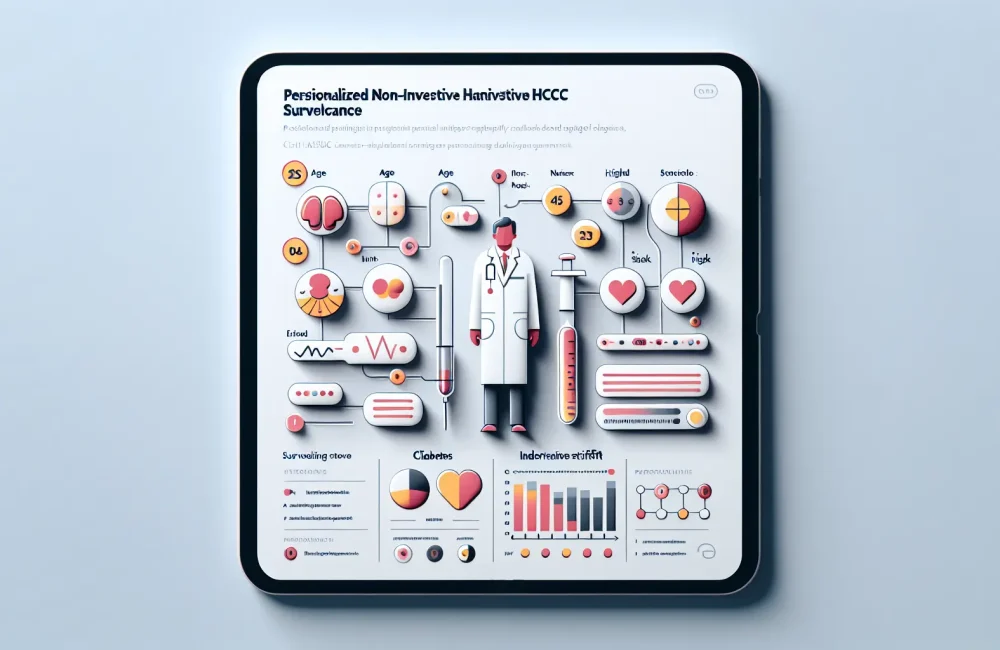By CAFMI AI From JAMA
Efficacy of Non–Risk-Based Lung Cancer Screening
Lung cancer remains the leading cause of cancer-related deaths worldwide, underscoring the vital importance of early detection. Traditional screening guidelines recommend low-dose computed tomography (LDCT) primarily for individuals at high risk, based on age and smoking history. This study breaks new ground by evaluating the effectiveness of LDCT screening applied universally, without restricting to defined risk categories. Conducted as a prospective cohort study, participants underwent annual LDCT screening regardless of their risk profile. The central focus was comparing lung cancer detection rates and stage at diagnosis to outcomes seen in standard, risk-based protocols. Secondary outcomes included false-positive rates, the frequency of unnecessary follow-up interventions, and the effect on overall survival. The study’s findings reveal that non–risk-based screening indeed identifies additional lung cancers beyond traditional risk groups. Importantly, many of these cancers were detected at an early and potentially more treatable stage, highlighting a crucial opportunity for improved clinical outcomes. Nevertheless, screening without risk stratification was associated with a higher incidence of false positives, leading to increased follow-up testing and procedures, raising concerns about potential overdiagnosis and patient burden. These results suggest that expanding screening could save lives but require careful management of screening harms and patient counseling.
Clinical Implications and Challenges of Broader Screening
From a clinical standpoint, the study’s results have significant implications for primary care providers and specialists. Broadening LDCT lung cancer screening beyond traditional risk groups may enable earlier identification of malignancies and improve patient prognosis by catching disease at a more curable stage. However, the increase in false positives emphasizes the importance of thorough patient education regarding the benefits and risks of screening. Clinicians must be prepared to manage the anxiety and clinical decisions arising from indeterminate findings and the potential need for additional diagnostic workups, such as biopsies or repeat imaging. These findings also underscore the need to carefully weigh screening benefits against the risks of overdiagnosis, overtreatment, and health care costs, especially in lower-risk populations. Implementing a non–risk-based screening approach would require updated clinical guidelines, workflows accommodating increased diagnostic assessments, and strategies to optimize resource allocation while minimizing harm.
Future Directions and Policy Considerations in Lung Cancer Screening
This investigation provides critical evidence to inform policymakers and healthcare systems contemplating modifications to lung cancer screening protocols. While the prospect of extending LDCT screening to a broader population is promising, questions remain about the cost-effectiveness and long-term outcomes of such an approach. Guidelines may need to consider new risk calculators or hybrid strategies that incorporate additional patient factors beyond smoking history and age to refine screening criteria. Continued research is necessary to develop optimized screening algorithms that balance maximizing early detection with limiting unnecessary procedures and harms. Furthermore, the study highlights the importance of multidisciplinary approaches involving radiologists, pulmonologists, oncologists, and primary care teams in managing screening programs. Effective counseling, follow-up protocols, and shared decision-making tools will be key to successfully integrating these findings into clinical practice. Ultimately, tailored lung cancer screening strategies could enhance early diagnosis rates and reduce mortality while addressing the evolving epidemiology of lung cancer in diverse patient populations.
Read The Original Publication Here






